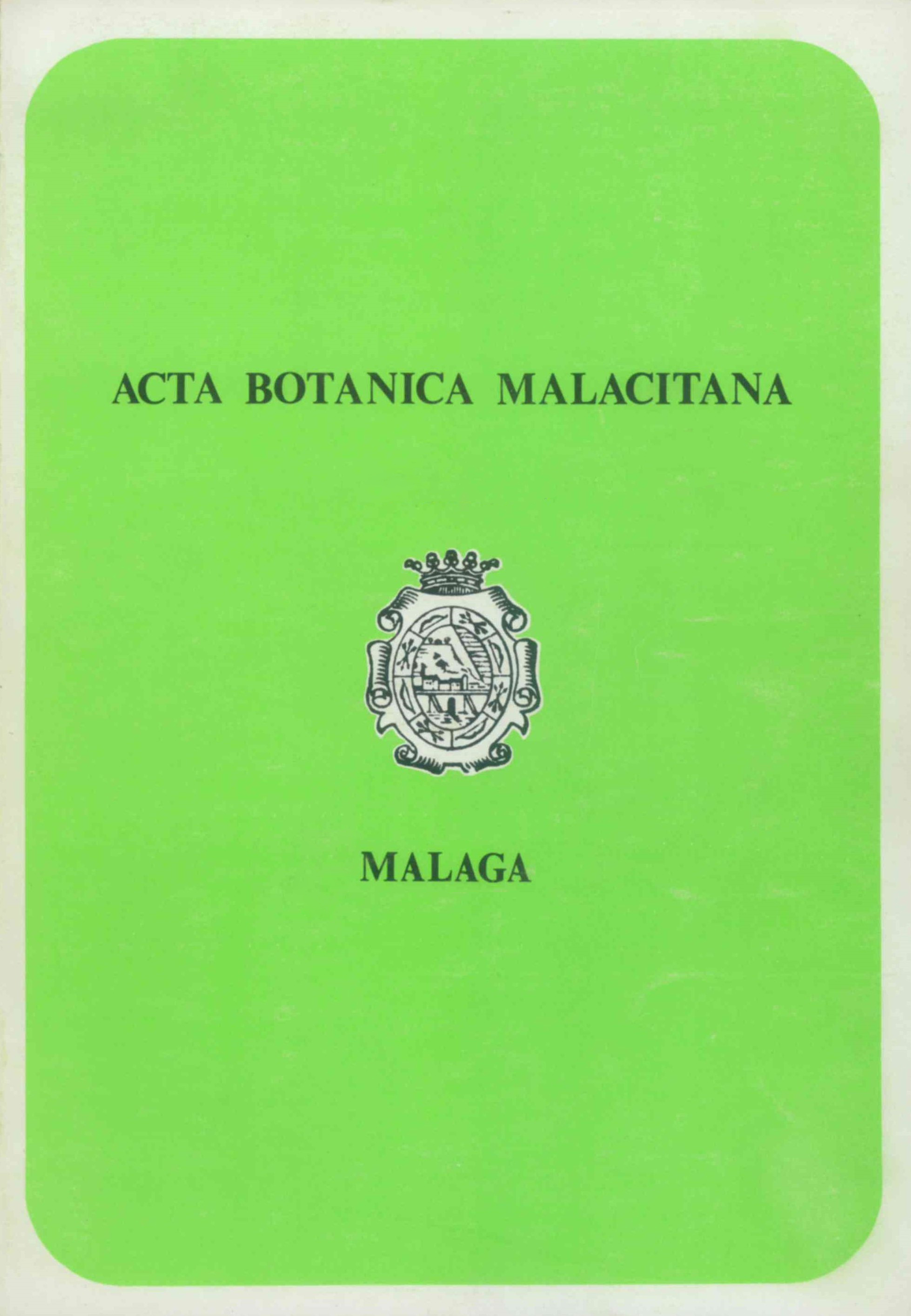Notes on the ascocarp of Erysiphaceae (Ascomycetes)
DOI:
https://doi.org/10.24310/Actabotanicaabmabm.v6i.9653Keywords:
.Abstract
As a part of the study of the ascocarp morphology of several species of Erysiphaceae, belonging to the genera Egsiphe, Microsphaera, Phyllactinia, Uncinula, and Podosphaera, a series of examinations on the scanning electron microscope have been done. The possible significance of the results so obtained is discussed in this article.
Downloads
Metrics
References
COLSON, B. 1938. The cytology and development of Phyllactinia coglea Le?v., Ann. Bot., 2: 381-401.
CULLUM, F. J. y WEBSTER, J. 1977. Cleistocarp dehiscence in Pbyllactinia. Trans. Br. Mycol. Soc., 68: 316-320.
HEIN, I. 1927 Studies on morphogenesis and development of the ascocarp of Sphaerotheca castagnei., Bull. Torrey Bot. Club, 54: 383-417.
PINTO DA SILVA, M. 1963-1975. Egsipbaceae Lusitaniae. I-V. Agronomia Lusitana. Portugal.
SALMON, E. S. 1900. A monograph of the Egsipbaceae. Mem. Torrey Bot. Club,vol. 9. 292 pp.
YARWOOD, C. E. 1957. Powdery mildews. Bot. Rev., 23: 235-300.
Downloads
Published
How to Cite
Issue
Section
License
All information related to the licensing of published works in Acta Botanica Malacitana and copyright can be found in our Editorial Policy.







1.png)
